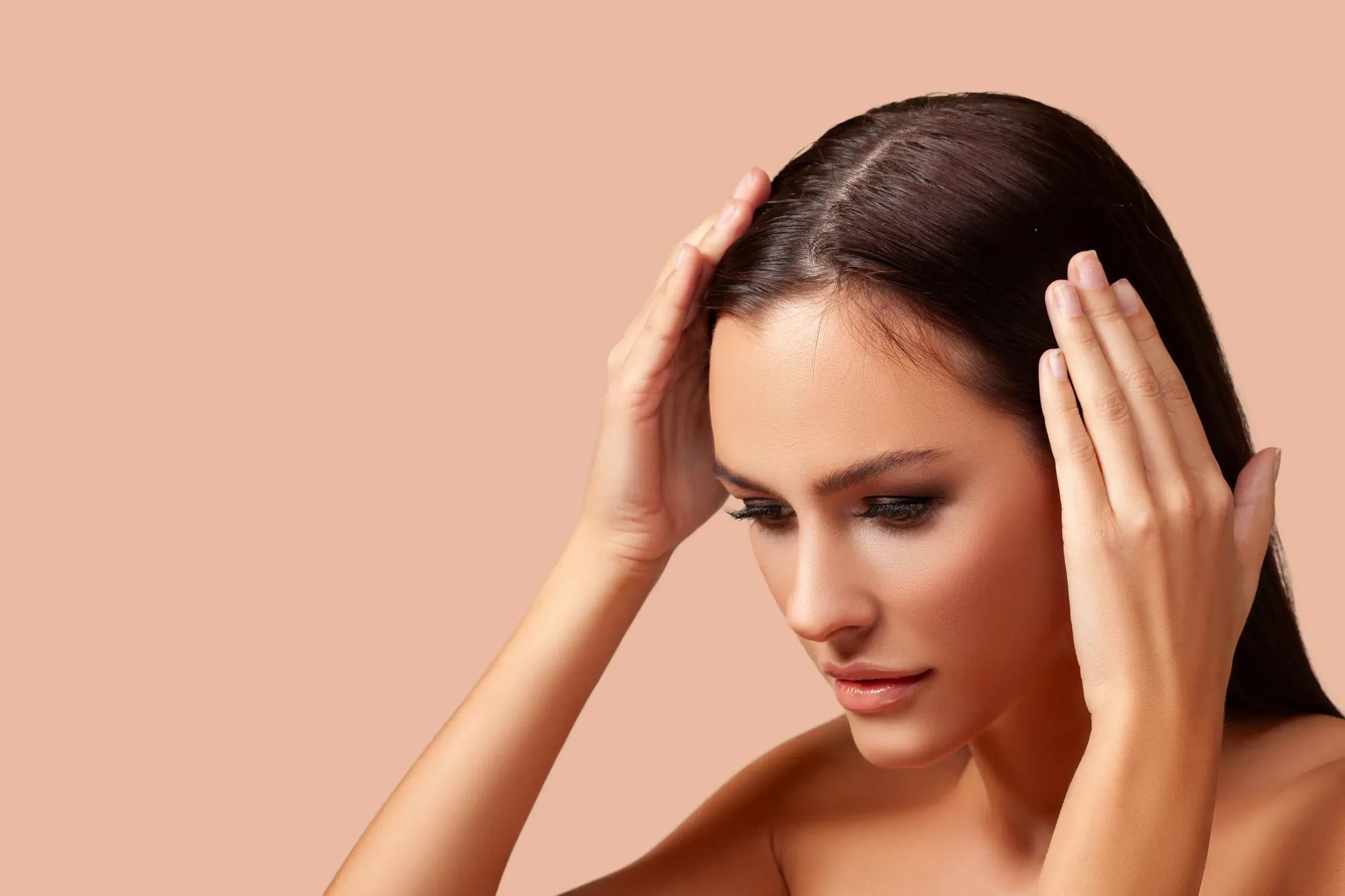Oily, dry, normal or combination—Each scalp has different needs, and needs to be cared for differently. To better understand scalp care and develop a routine to keep scalp conditions at bay, we must first determine our scalp type.
So, we reached out to Dr. Amrendra Kumar, Consultant Dermatologist, Hair Transplant Surgeon and Director of DermaClinix, to help us understand how to determine our scalp type and ways to treat our scalp right. Read on to know all that he shared!
1. Dry Scalp
Dry scalp can cause a terrible itch and can leave your scalp feeling extremely dehydrated. The condition occurs when your pH levels are high and your scalp generates less sebum. A dry scalp can also lead to heating of the skin and hair loss.
If your scalp is dry, use a light shampoo before applying a moisturising conditioner. Applying a mild moisturiser to your scalp at night might help you determine whether you have a dry scalp or dandruff. If you have a dry scalp, the flakes should go away after you shower the next morning. It’s important to make sure you treat your scalp well and leave it moisturised.
2. Oily Scalp
You have an oily scalp if your hair clumps together or feels particularly greasy as the day goes on. This happens when your sebaceous glands go into overdrive and create significantly more sebum than normal. This sebum coats and greases your hair strands, attracting dirt and other pollutants. Having an oily scalp too can cause an itch.
Washing your hair the right way, with the right shampoos and conditioners is essential. We must not use a heavy conditioner as it only makes the hair oilier. Using products that specially cater to oily hair also helps. Cleaning your combs and making sure to change pillow covers also helps reduce the bacteria build-up in hair.
3. Combination Scalp
Combination scalp is the most difficult to manage. Dry and greasy regions are scattered across the scalp with this type. The dull, wiry texture of the hair, which is caused by excessive sebaceous glands and poor scalp care, makes a combo scalp easier to spot. It produces an excess of sebum, which is absorbed back into the scalp and hinders essential oils from being absorbed into your hair’s length. This condition results in dry, frizzy ends with oily roots.
Limiting hot hair tools and making sure you get your hair trimmed regularly helps enhance healthy hair growth. Using conditioners only at the ends of your hair helps keep it soft and avoids bacteria build-up on the scalp. Using hair oils and customised hair products also helps.
4. Normal Scalp
A healthy scalp is a normal scalp. It has the proper amount of sebum and a pH level that is ideal. A normal, healthy scalp serves as an excellent foundation for shiny, beautiful and healthy hair.
A normal scalp produces a balanced amount of oil. This scalp type will not cause you any problems. To care for it, wash it every three to four days, and use formulas appropriate for your hair type.
Identifying your scalp type is important; equipped with this information, you can treat your hair and scalp better. Different methods and products can be used to treat any scalp conditions you might be dealing with. If the problem gets severe, we advise consulting a doctor for the right medical instructions.
Follow @missmalinibeauty for more on everything makeup, hair and skincare. Download the Girl Tribe by MissMalini App to join our Fashion & Beauty community.

